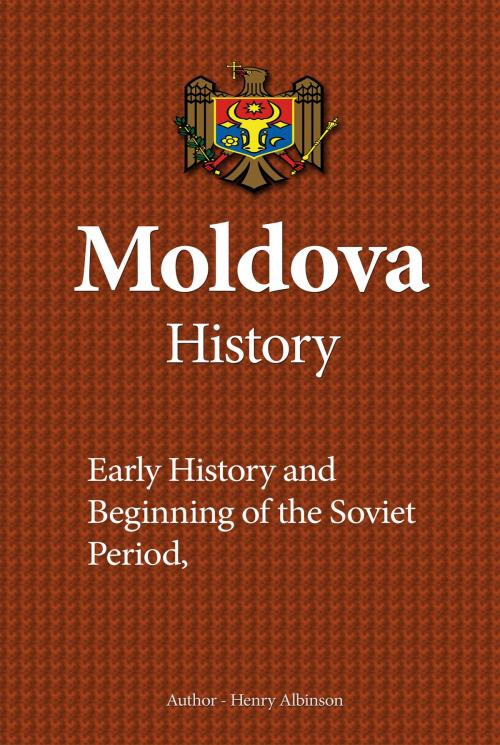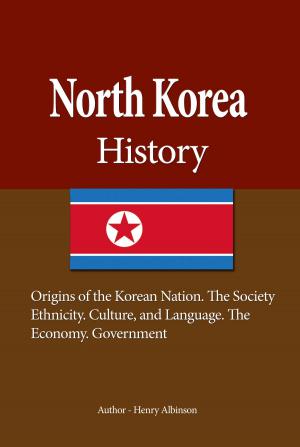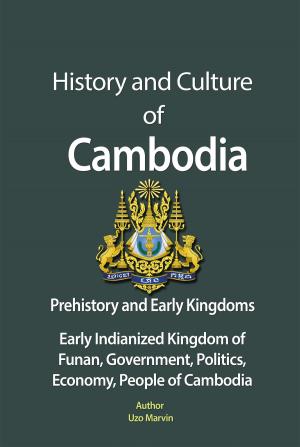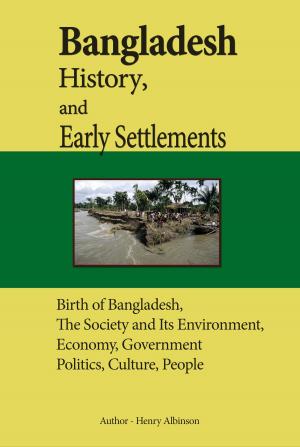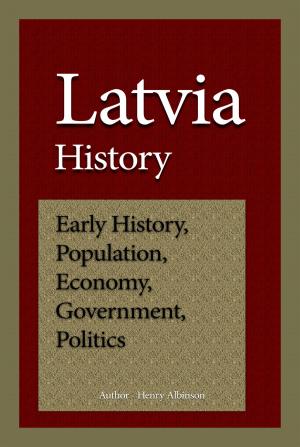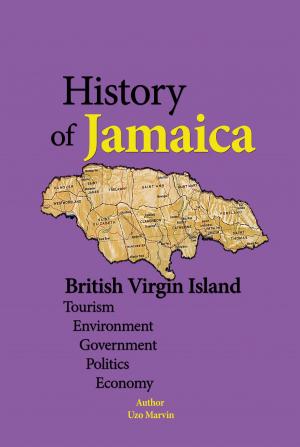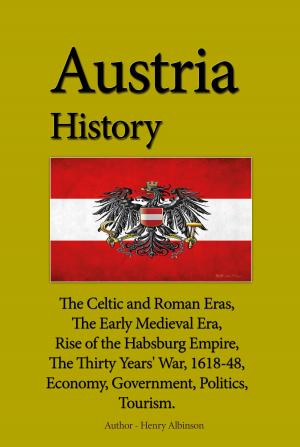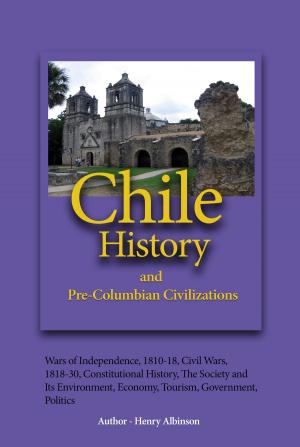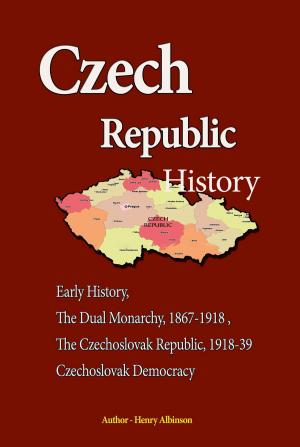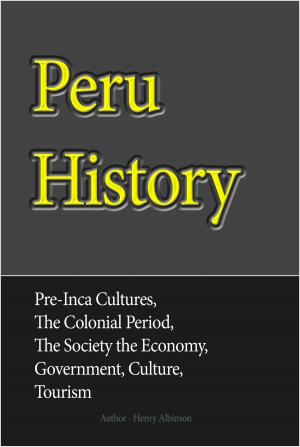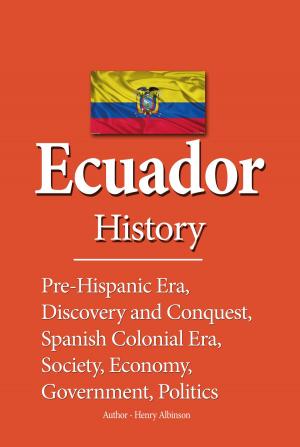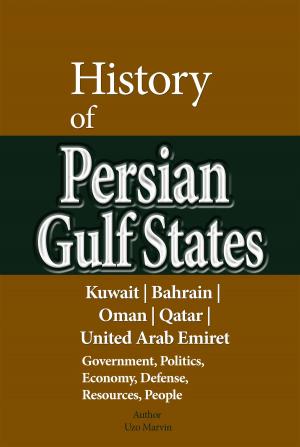| Author: | Henry Albinson | ISBN: | 9781311971302 |
| Publisher: | Sonit Education Academy | Publication: | June 25, 2016 |
| Imprint: | Smashwords Edition | Language: | English |
| Author: | Henry Albinson |
| ISBN: | 9781311971302 |
| Publisher: | Sonit Education Academy |
| Publication: | June 25, 2016 |
| Imprint: | Smashwords Edition |
| Language: | English |
History of Moldova includes, Moldova Language, Moldova Religion, and Culture, Moldova Education, Moldova Health, and Welfare, Moldova Economy, Moldova Government, Moldova Foreign Relations, Moldova tourism, Moldova travel guide
The history of the republic of Moldova is the history of two different regions that have been joined into one country, but not into one nation: Bessarabia and Transnistria. Bessarabia, the land between the Prut and Nistru rivers, is predominantly ethnic Romanian in population and constitutes the eastern half of a region historically known as Moldova or Moldavia (the Soviet-era Russian name). Transnistria is the Romanian-language name for the land on the east bank of the Nistru River; the majority of the population there is Slavic--ethnic Ukrainians and Russians-- although Romanians are the single largest ethnic group there.
To a great extent, Moldova's history has been shaped by the foreigners who came to stay and by those who merely passed through, including Greek colonists, invading Turks and Tatars, officials of the Russian Empire, German and Bulgarian colonists, communist apparatchiks from the Soviet Union, soldiers from Nazi Germany, Romanian conationalists, and twentieth-century Russian and Ukrainian immigrants. Each group has left its own legacy, sometimes cultural and sometimes political, and often unwelcome
History of Moldova includes, Moldova Language, Moldova Religion, and Culture, Moldova Education, Moldova Health, and Welfare, Moldova Economy, Moldova Government, Moldova Foreign Relations, Moldova tourism, Moldova travel guide
The history of the republic of Moldova is the history of two different regions that have been joined into one country, but not into one nation: Bessarabia and Transnistria. Bessarabia, the land between the Prut and Nistru rivers, is predominantly ethnic Romanian in population and constitutes the eastern half of a region historically known as Moldova or Moldavia (the Soviet-era Russian name). Transnistria is the Romanian-language name for the land on the east bank of the Nistru River; the majority of the population there is Slavic--ethnic Ukrainians and Russians-- although Romanians are the single largest ethnic group there.
To a great extent, Moldova's history has been shaped by the foreigners who came to stay and by those who merely passed through, including Greek colonists, invading Turks and Tatars, officials of the Russian Empire, German and Bulgarian colonists, communist apparatchiks from the Soviet Union, soldiers from Nazi Germany, Romanian conationalists, and twentieth-century Russian and Ukrainian immigrants. Each group has left its own legacy, sometimes cultural and sometimes political, and often unwelcome
